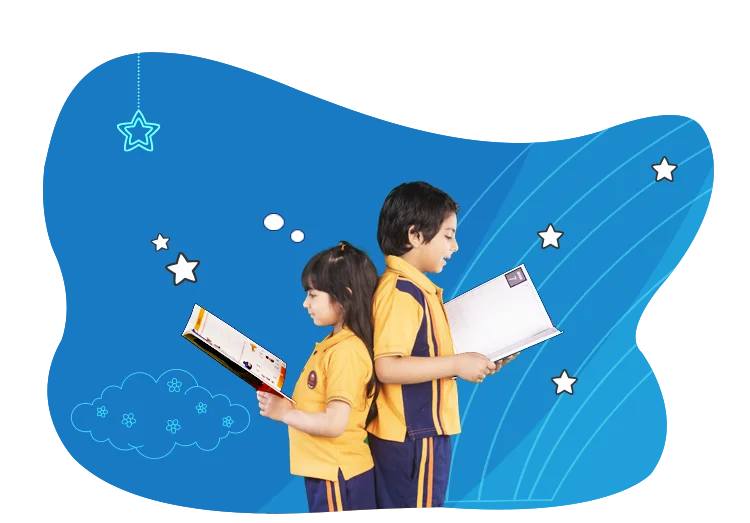Small vs large: Schools warn of layoffs, but experts back move
CHENNAI: The cap on kindergarten admissions in matriculation schools across the state from the next academic year has sparked a debate on small schools versus large ones.
Parents and teachers said enforcement of the rule will result in various problems, ranging from inability to provide neighbourhood schools for children to redrawing of the fee structure and possible layoffs of teachers. But academics say small schools are not just safer for children and more convenient to manage, but also offer students a better learning experience.
The Directorate of Matriculation Schools recently instructed schools to admit only 120 children at the entry level from 2014-15. The new rule will mean that a school’s strength can range from 2,000 to 2,500. Many schools currently have a student strength of 4,000 to 5,000 students. In some cases it is more than 10,000.
School officials said the new rule could mean that up to 1.2 lakh students will have to be accommodated in government schools or in private unaided schools where the quality of “If the government was keen to implement the four-section rule it should have done so from the beginning. What will I do with the additional infrastructure? I can’t use it for any other purpose,” he said. “I will have to begin from scratch if I want to start a second school.” Principals and correspondents said the move was made on the understanding that students unable to gain admission to schools of their choice would be compelled to join a nearby government schools, enrolments to which have dropped considerably over the years.
“If I can’t get a seat for my daughter in a private English-medium school nearby, I will have to send her to a school far away,” said Sindhupriya K, a parent. “I’m worried about her having to travel long a distance every day.”
For the rule to come into effect, the government-appointed committee will have to rework the fee structure, as the current fees are based on student strength. “It will be a waste of time for the committee and very stressful for us,” a school correspondent said.
But small schools have more than a few advantages. They improve teacher-student interaction, give the management flexibility to change schedules, and strengthen the bond between the student and the school.
In The School, KFI, where total student strength does not exceed 350, the teachers know every student from Class 1 to 12 by name. V Arun, who taught at The School for 12 years, said, “Large schools are like factories. An industrial model can only develop mechanical objects. You can’t put a child in such an environment and expect them to emote and grow up to be a sensitive human being.”
Source: Times of India, Nov 13, 2013



